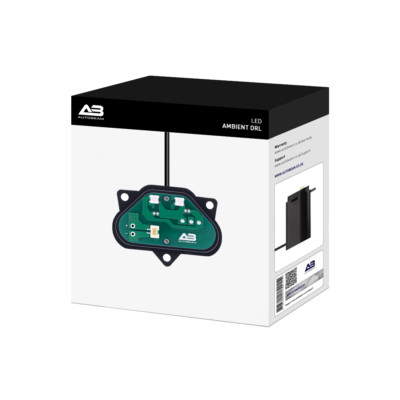
This is the part that transmits the electrical supply from your car’s battery to the bulb itself. Then you need to ensure that in addition to removing the bulb you also remove the connector. It is best to wear a pair of protective gloves just in case the glass breaks, and you should be sure that the bulbs aren’t hot either so give your car time to cool down if you have just driven it.

When you remove the headlight bulb make sure that you are very careful as the traditional bulbs are very easily damaged. This is either done by accessing the bulb from under the bonnet or by removing the glass cover on the outside of the vehicle. To start with, remove the headlight completely. Step 1: Take the headlight out completely Sound familiar? Well don’t worry as you are by no means alone in being in this position, and this blog will talk you through the solution step-by-step. The water can splash around inside the cover, preventing the light from shining through clearly, and it can also settle inside the cover and start to create mold – again reducing the effect of the lights.

If water builds up inside your headlight cover then it can reduce the effect of your lights.

They can also be covered in water from the cars in front of you and splashed by passing motorists.Īs a result they can start to take on water, especially if your car is an older model and the seals around the lights are starting to wear thin. The problem is, however, that your headlights are often affected by the harsh weather conditions as you drive into the pouring rain. Without your lights you wouldn’t be able to see where you are going, and other road users wouldn’t be able to see you either so it’s vital that they are in the best possible condition at all times. Your headlights aren’t just something that look good on the front of your car, they’re a vital safety feature.


 0 kommentar(er)
0 kommentar(er)
